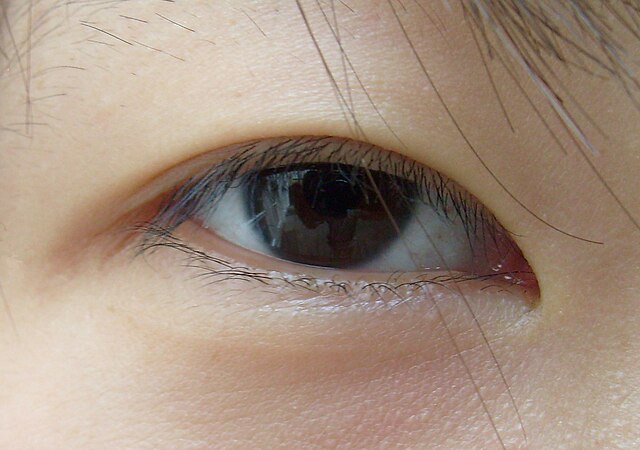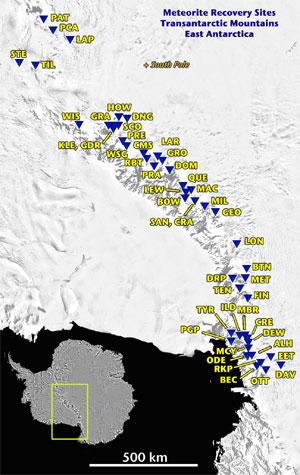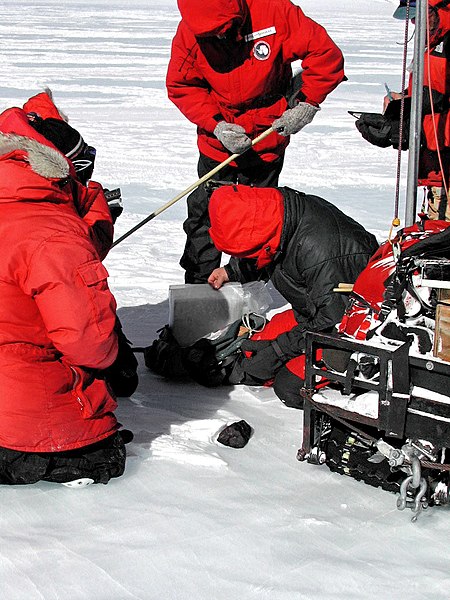We just learned about the On the Prowl - Edward Kemeys.
Another famous American sculpture is Patience and Fortitude made by Edward Clark Potter in 1910.
Potter was born in Connecticut in 1857, and grew up in Massachusetts.
He started off going to college to be a minister, but then later studied to be an artist.
He worked with famous artist Daniel Chester French where he learned about animal studies, and when he was 53 he made the sculpture of two lions out of pink Tennessee marble that are outside the front of the New York public library.
He named the lions Leo Astor and Leo Lenox for the private libraries that are inside the library.
During the Great Depression, the mayor of New York said that the people there were showing great Patience and Fortitude, so they renamed the lions to Patience and Fortitude to honor the people that lived through the Depression.


(from: wikipedia - edward clark potter)
Kid Facts - Blast from the past: Taj Mahal






